
Rhythm playing is a fundamental skill in guitar, and yet often the most overlooked tonally. Making yourself heard and hearing your own guitar are vital, but so is creating inspiring sounds for your rhythm parts. Here are some fundamental, simple ways to enhance your electric guitar rhythm tone right now…
1. Meet in the mids
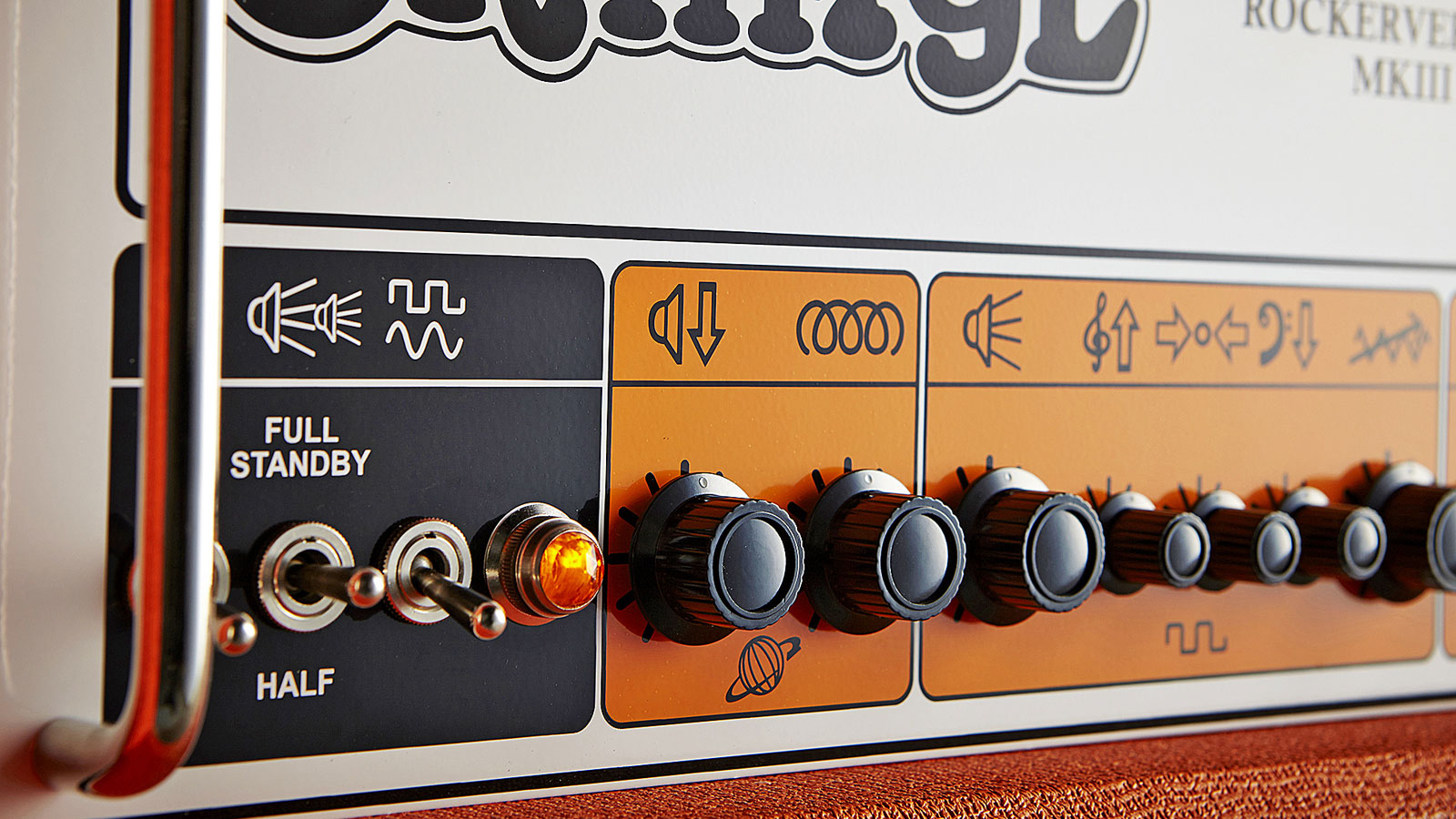
The rhythm section’s bass guitar, kick drum and toms occupy a lot of low end, so it makes sense for you not to be injecting yourself into those frequencies all the time when you can complement elsewhere.
Like the mighty Spinal Tap, we can all appreciate big bottom end but you need to be aware what happens to it in the context of a band mix – your rhythm may shine brighter if you remove some of the low end frequencies.
You’ll need to adjust to the room you’re in when playing – and your amp settings will probably need to be changed from when you play at home or in the practice space. Most of all, as you get louder start rolling off that low end on the amp and let the mids and higher frequencies come to the fore.
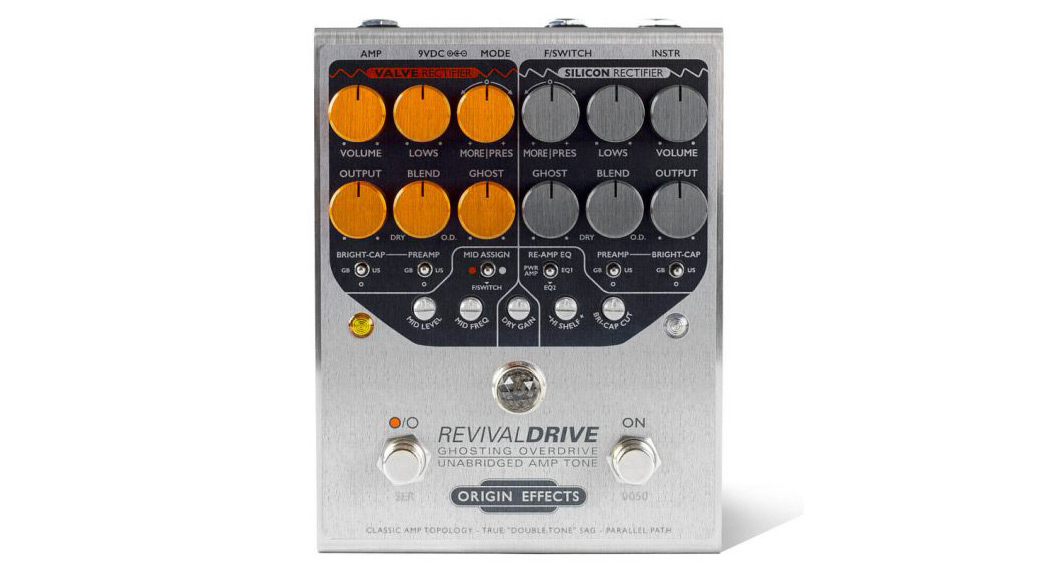
An overdrive pedal with a mid shaping control proves very useful here too – you have more room to manoeuvre in the mid frequencies than you might think, so look to shape and boost this rather than volume and gain to separate your guitar from the other instruments.
However when there’s another guitarist in the mix you need to make space for each other, so one of you may go fatter and lower (Malcolm Young) to bed in behind a spikier mid-hump sound for the other player (Angus).
2. A bit of wah goes far
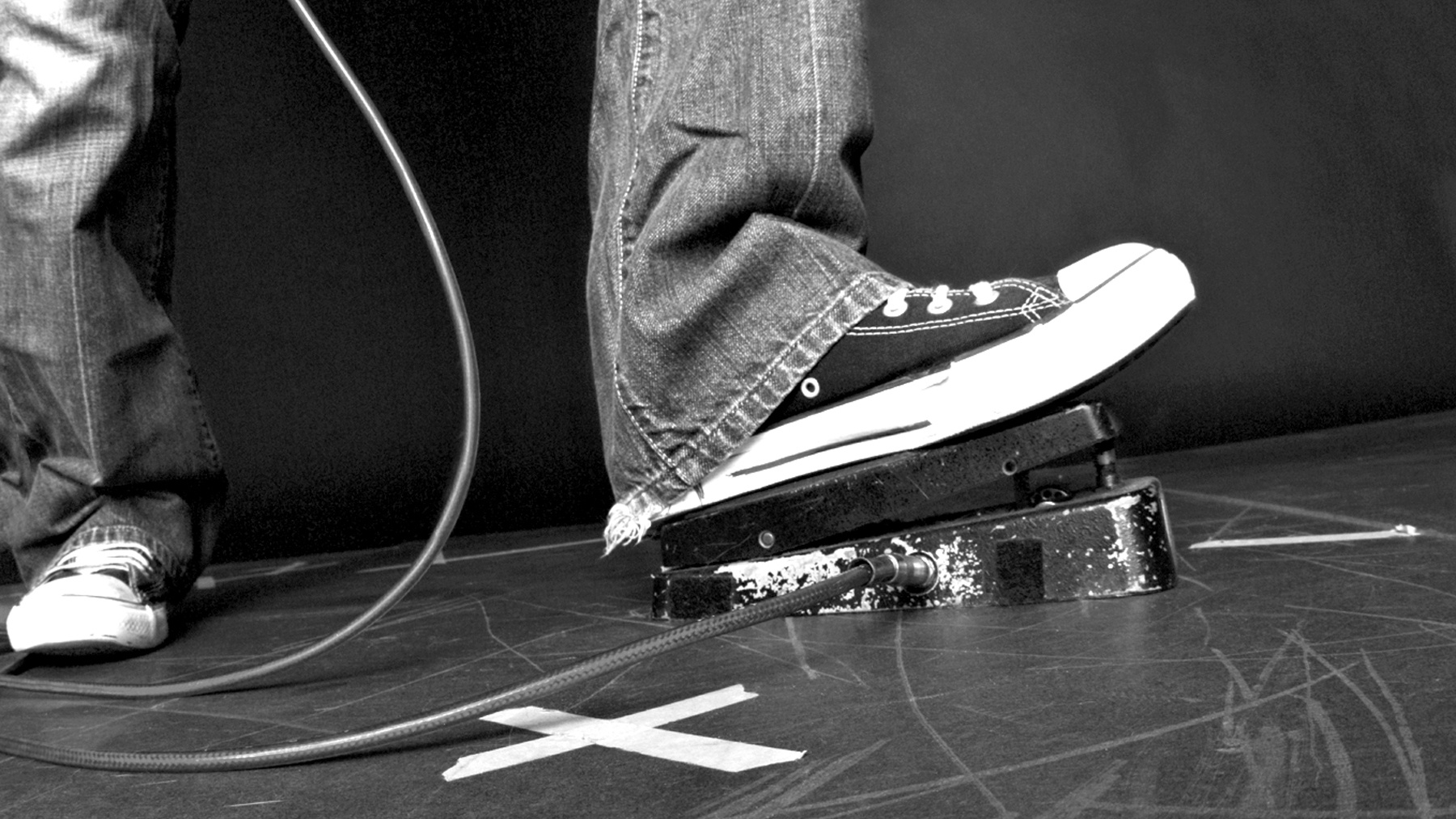
A wah isn’t just for funk guitar players and Kirk Hammett’s solos – it’s far more versatile than it gets credit for. Cocking a wah into one position gives you an instant filter for upper midrange frequencies.
Want all the hottest music and gear news, reviews, deals, features and more, direct to your inbox? Sign up here.
You might want to bring it in and out for parts when you need to stand out more, or just have it on permanently! Experiment with finding a sweet spot on the treadle that isn’t too nasally.
3. Don't play the same thing
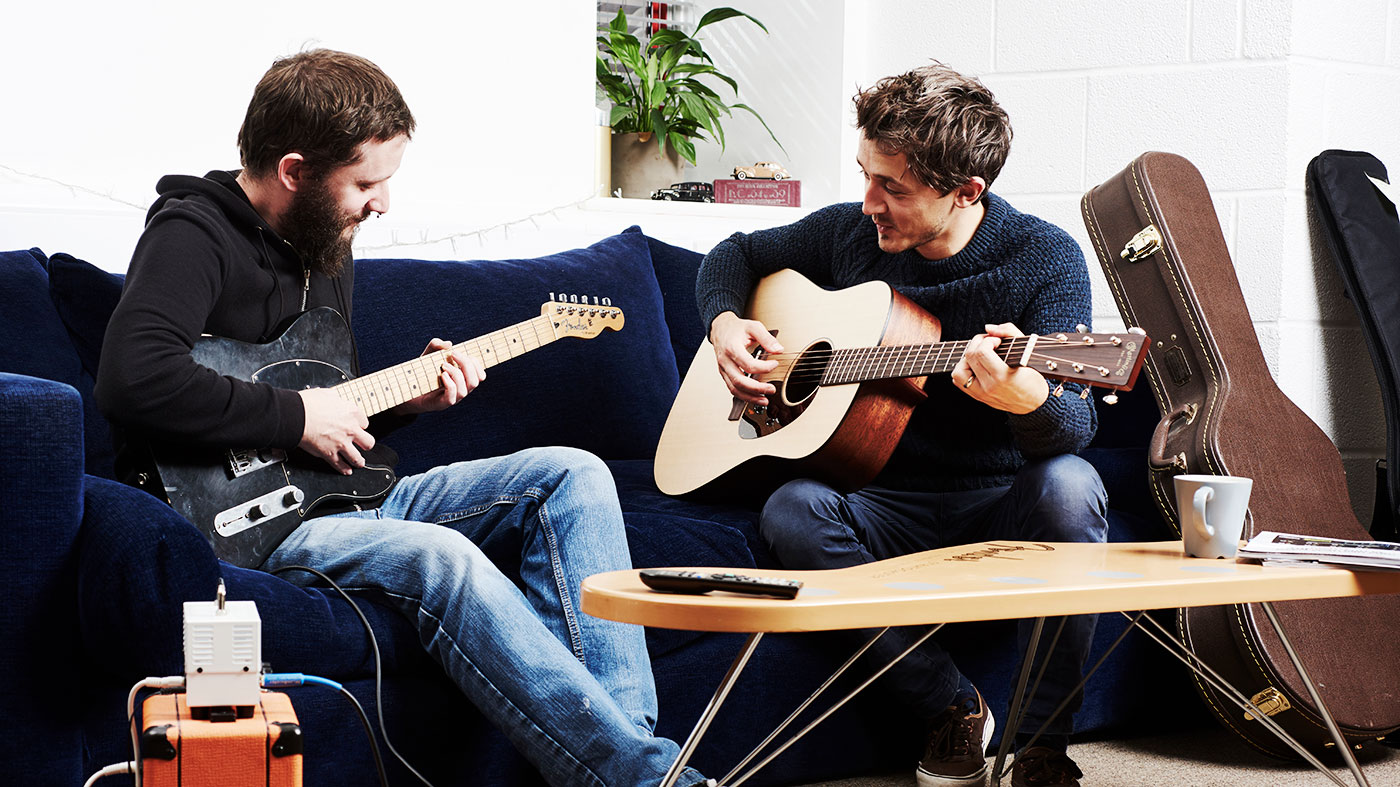
Your rhythm tone can be about what you play just as much as how it sounds. Is there a second guitarist? Playing duplicate parts can be good but so can finding new voicings of chords with inversions, picking arpeggios or even using a capo to stay distinct from each other.
4. Gain up, volume down
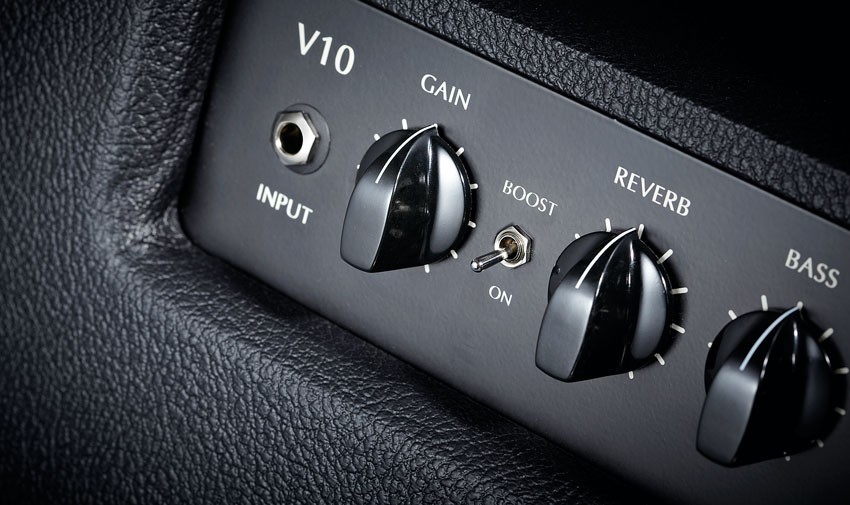
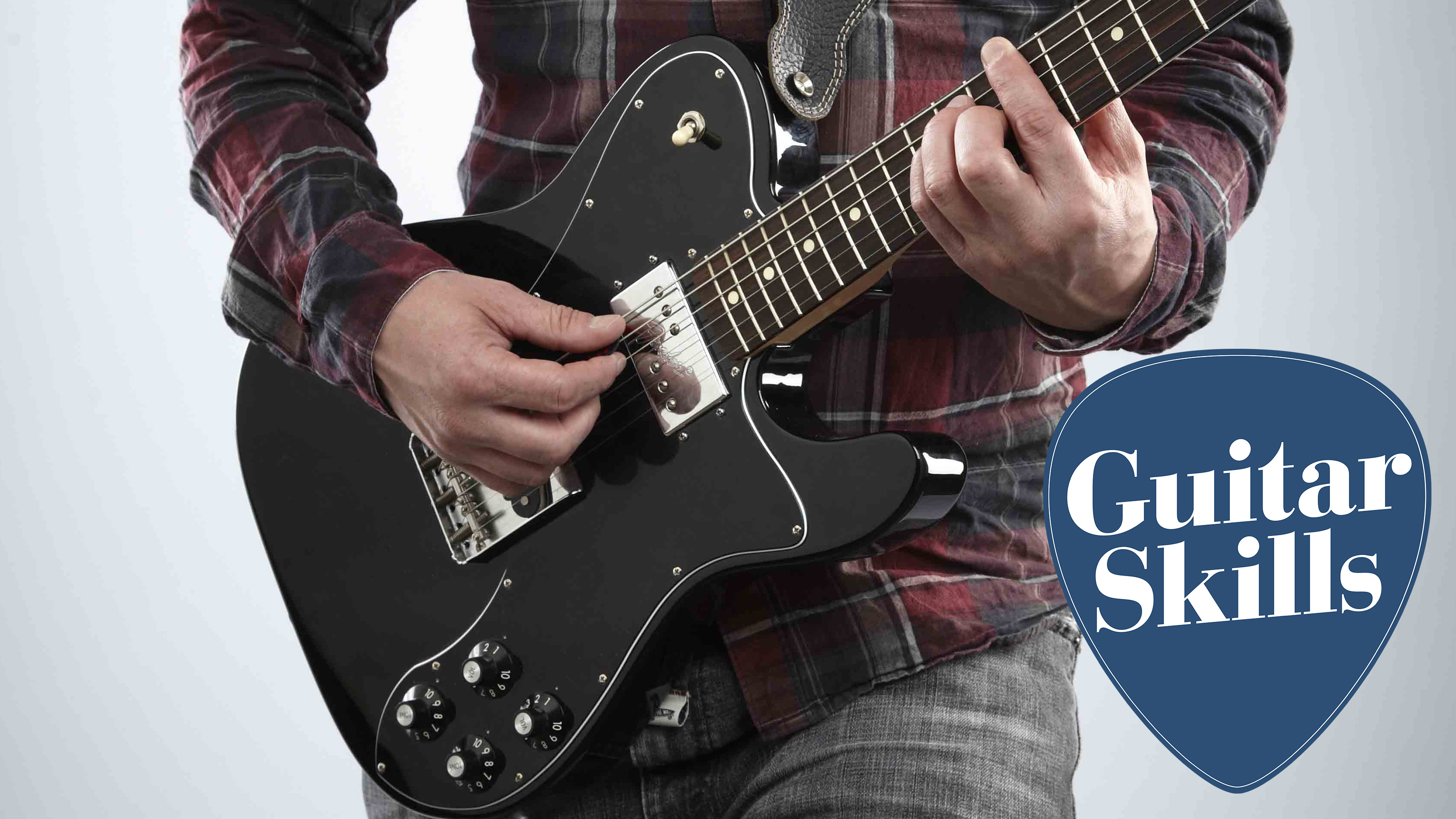
You can play softer but, if you really want to serve the song and the other musicians in your band during the times when you need to take a subtle background role as a rhythm player, you need to take control of your effects pedals.
For example, letting a powerchord or arpeggiated chord ring out with more gain than usual under the other guitarist’s part to create a moody dramatic atmosphere and a thicker band sound. In this sense you’re creating a ‘pad’ of sound but you can’t overpower everyone else. So turn down – don’t leave it to the soundman. The master volume on your overdrive pedal can be changed whenever you want to use it.
5. Colour your chords

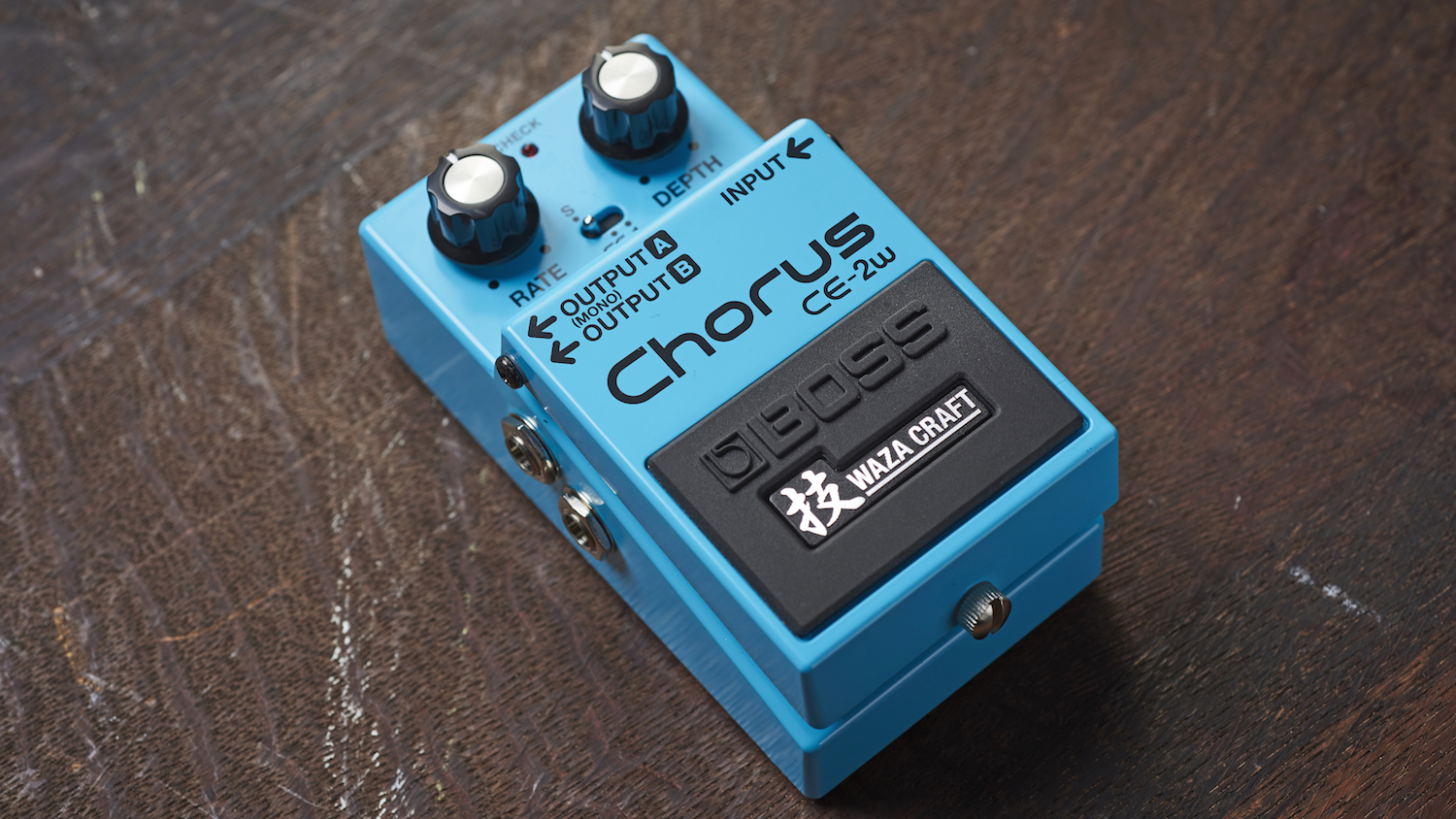
Chorus, flanger, tremolo, rotary speaker – all great effects for providing atmospheric textures to your chord parts. A tremolo set to dotted eighth notes can create a fantastic stuttering effect for specific chord parts and also tame your level under the vocalist (it’s cutting off half the signal after all). It can also work in a much subtler way with a faster speed too.
But it’s not just effects pedals that can be great tools for your chordwork…
6. Make time at the bar
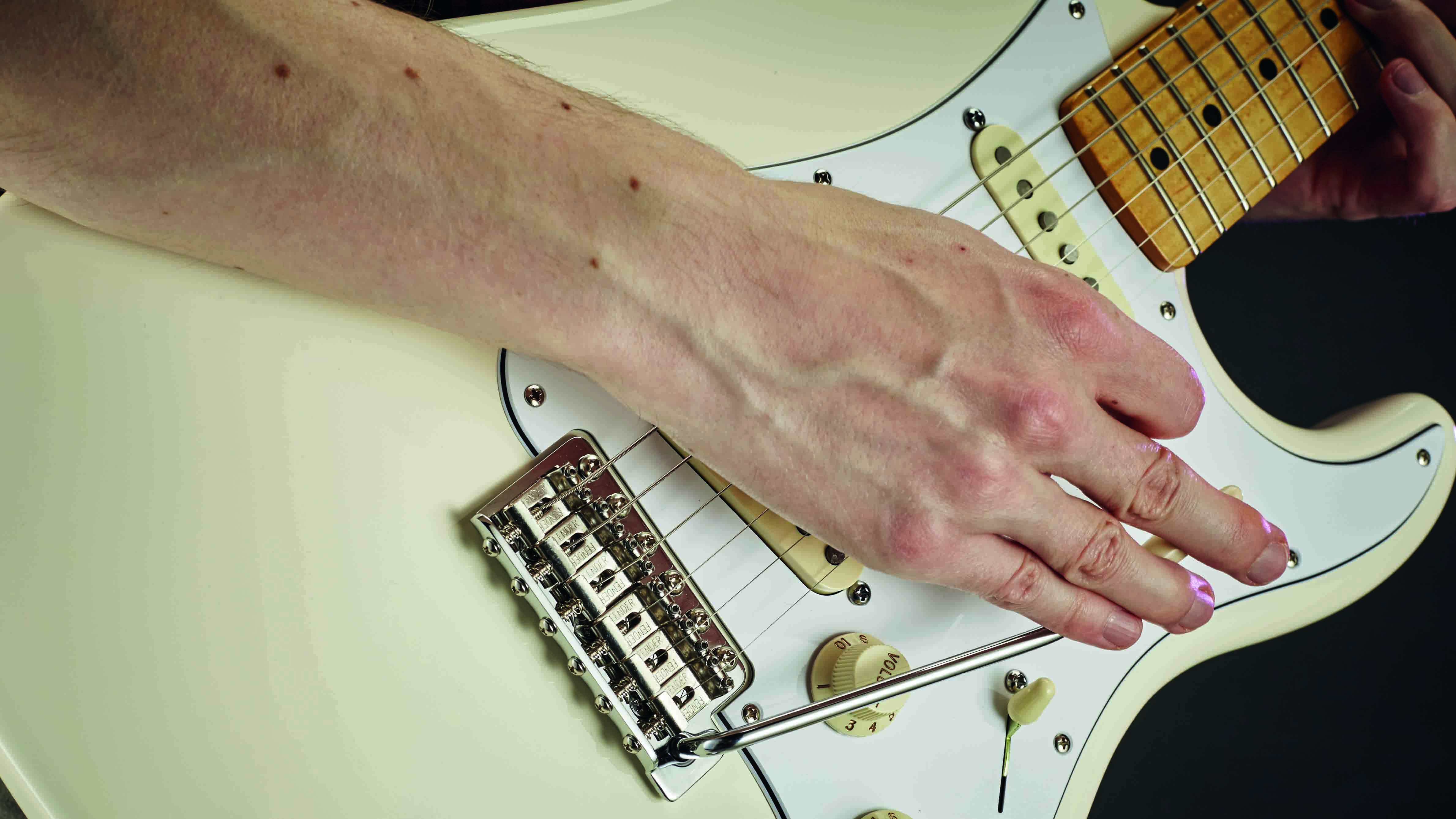
The tremolo/vibrato/whammy bar is often thought of as something that enters the spotlight during leads, but that’s just self-imposed restriction.
It’s great for adding expression to your chords with a little squeeze – especially to spice up the tail end of them as they ring out. Stone Gossard of Pearl Jam has Bigsbys fitted to his Les Pauls for this very purpose.
Kevin Shields of My Bloody Valentine favours Fender Jazzmasters and uses it in a much more pronounced way as he strums. In tandem with effects and gallons of feedback he make sit sound like “a mermaid falling into a black hole,” as critic John Doran memorably put it. Shoegazers even have a name for his technique – ‘glide’ guitar.
7. A little reverb goes a long way
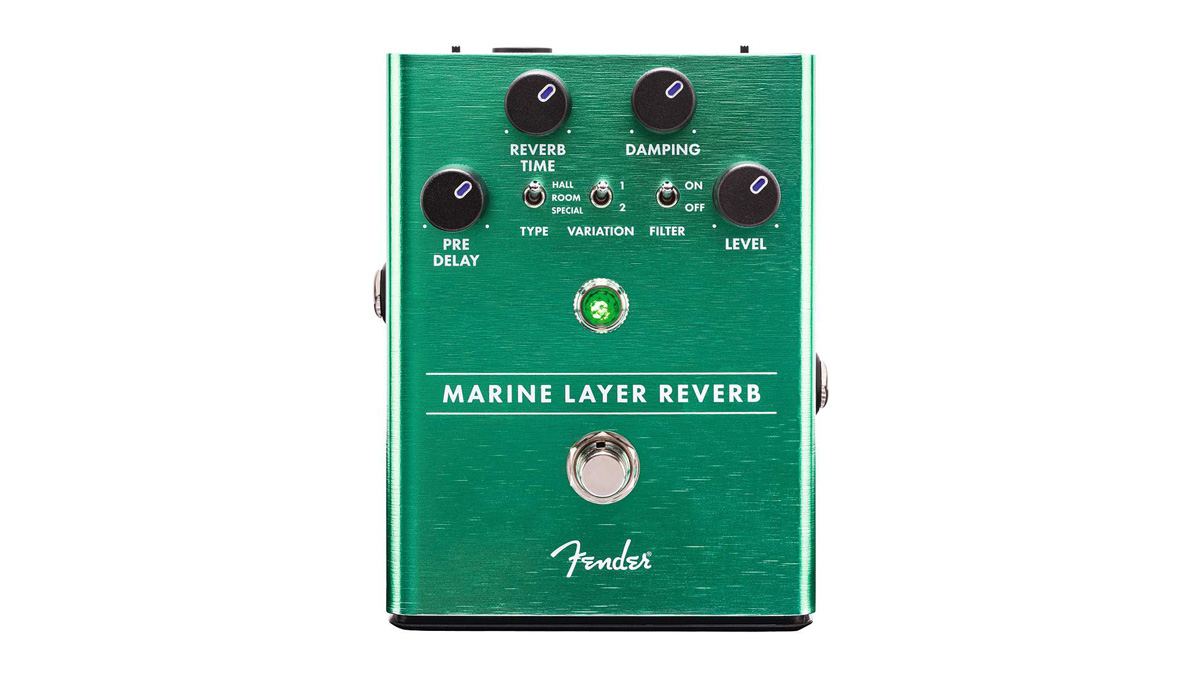

This is about the art of balance – too much reverb on rhythm guitar parts can undermine your articulation so be wary with tight heavy metal picking, for example. You may find that a drier attack works better there.
But for clean work and mild to medium overdrive, using some reverb can add space and atmosphere to your rhythm work. Keep it short and sweet with a ‘room’ sound and a quick fade to avoid chords blending and things getting mushy.
Jeff Buckley’s Grace and Scotty Moore’s slapback echo on Elvis’s early work are great examples of how clean guitar rhythms can benefit from reverb.
7 simple ways to improve your guitar practice now

Rob is the Reviews Editor for GuitarWorld.com and MusicRadar guitars, so spends most of his waking hours (and beyond) thinking about and trying the latest gear while making sure our reviews team is giving you thorough and honest tests of it. He's worked for guitar mags and sites as a writer and editor for nearly 20 years but still winces at the thought of restringing anything with a Floyd Rose.